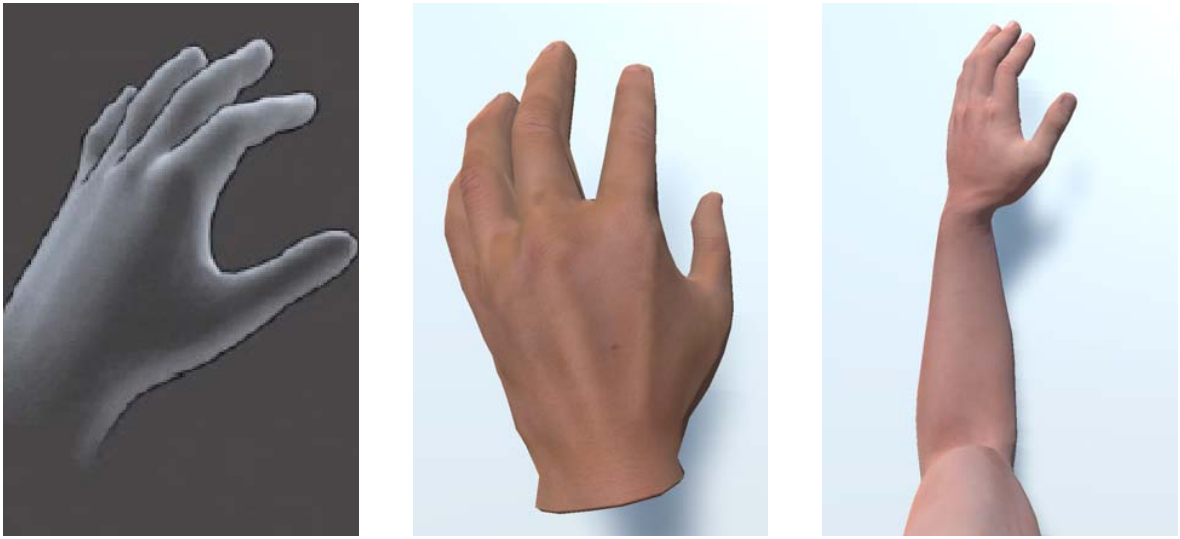Study on the Influence of Upper Limb Representations and Haptic Feedback in Virtual Reality

Venue. ISMAR-Adjunct (2022)
Materials.
DOI
PDF [link]
Abstract. Visual representations are used in various digitization processes to display objects in immersive environments. In industrial environments, the self-representation can be very helpful when reviewing 3D models to conform realistic proportions, particularly in combi-nation with haptic feedback that goes beyond vibrating controllers. For instance, haptic feedback in combination with a virtual representation supports working on use cases where collision is an important part to maintain data quality. To understand the dependency of both, we conducted a pilot study with 15 users from the automotive sector to examine the influence of upper limb representations on haptic feedback in Virtual Reality. Each participant was assigned with one of three upper limb representations which was used in different scenarios using haptic feedback devices. Overall, we found that the realistic arm representation was rated highest in terms of perceived realism and achieved the best task performance.
Link to this page:

